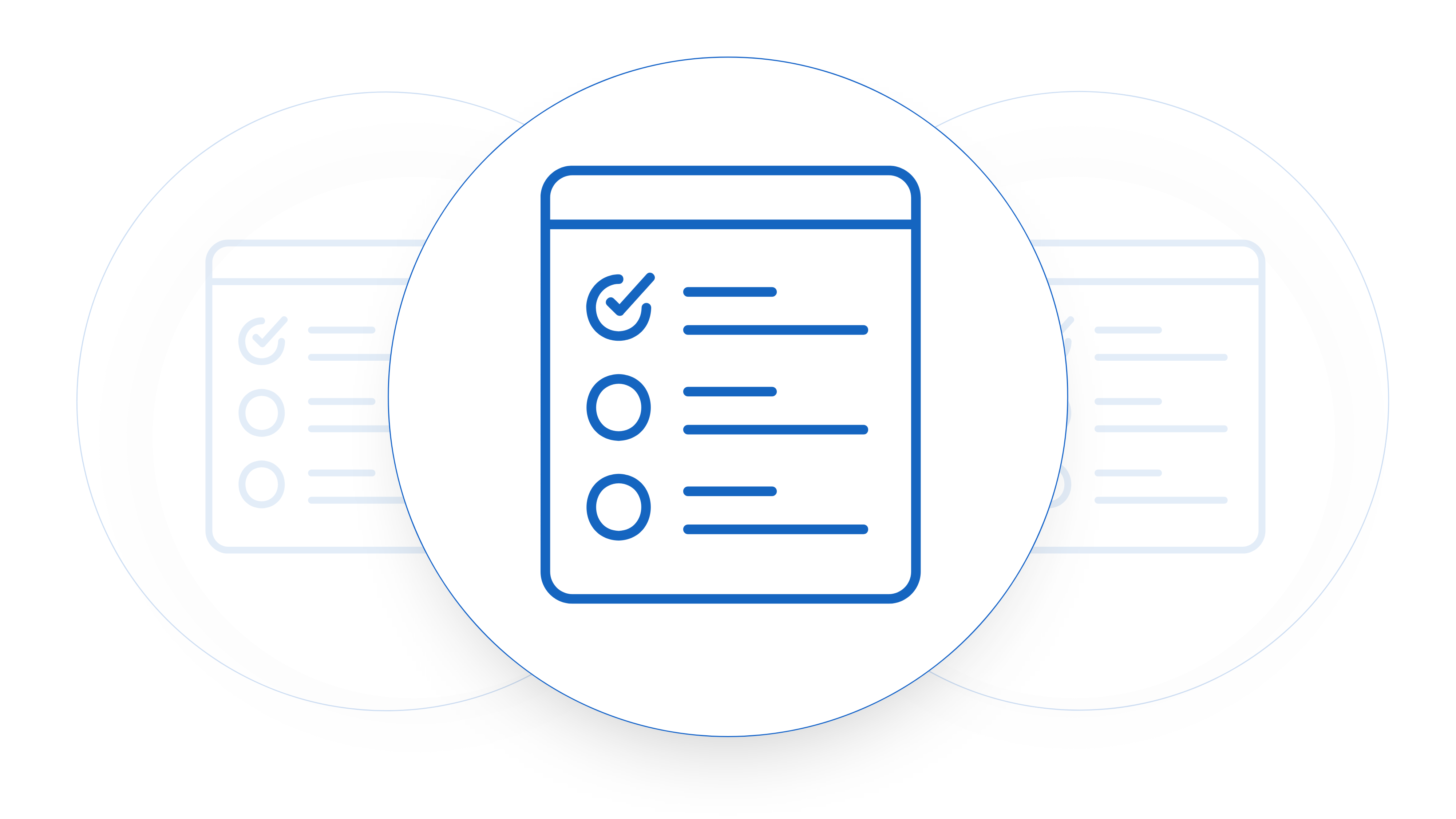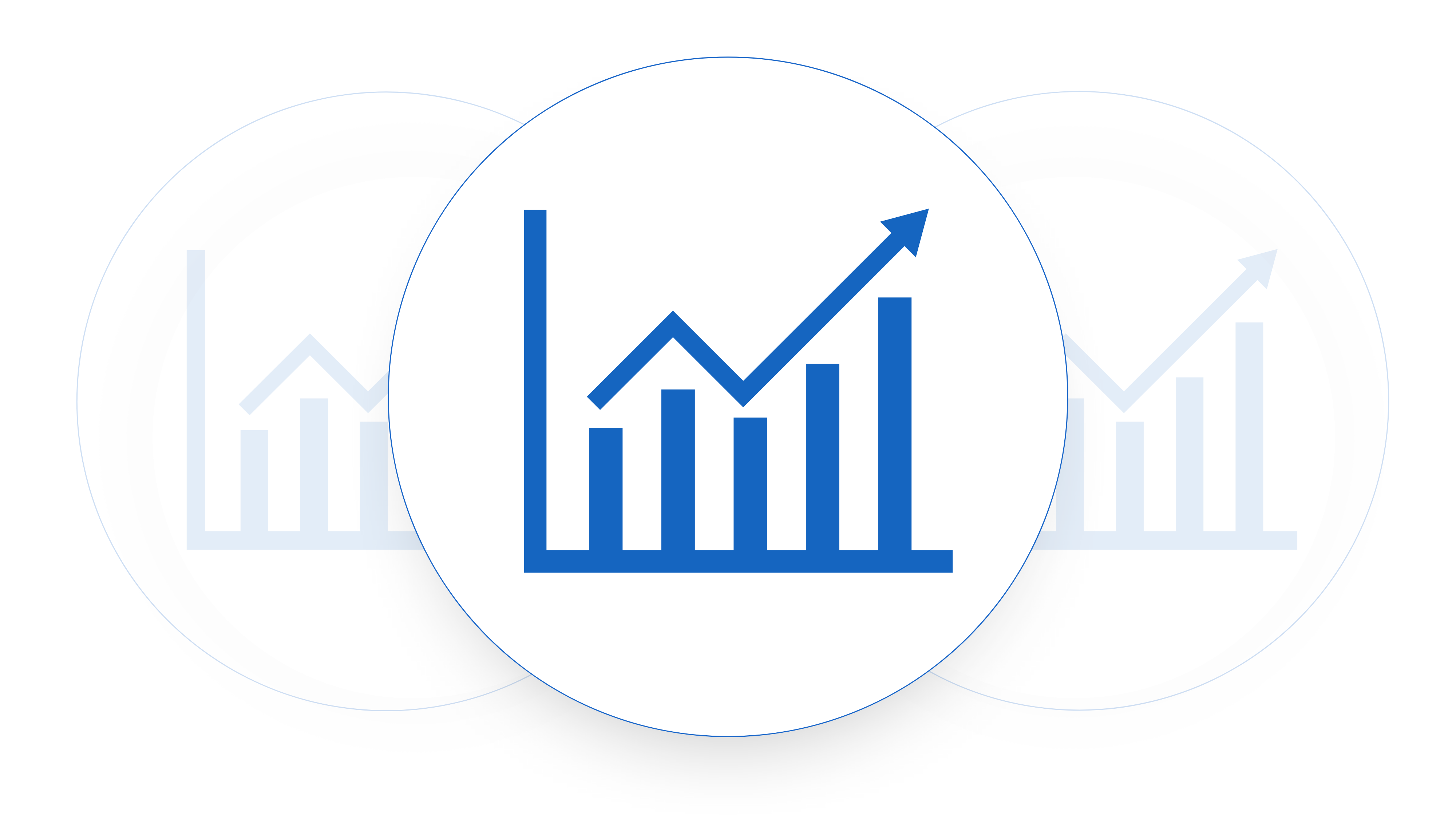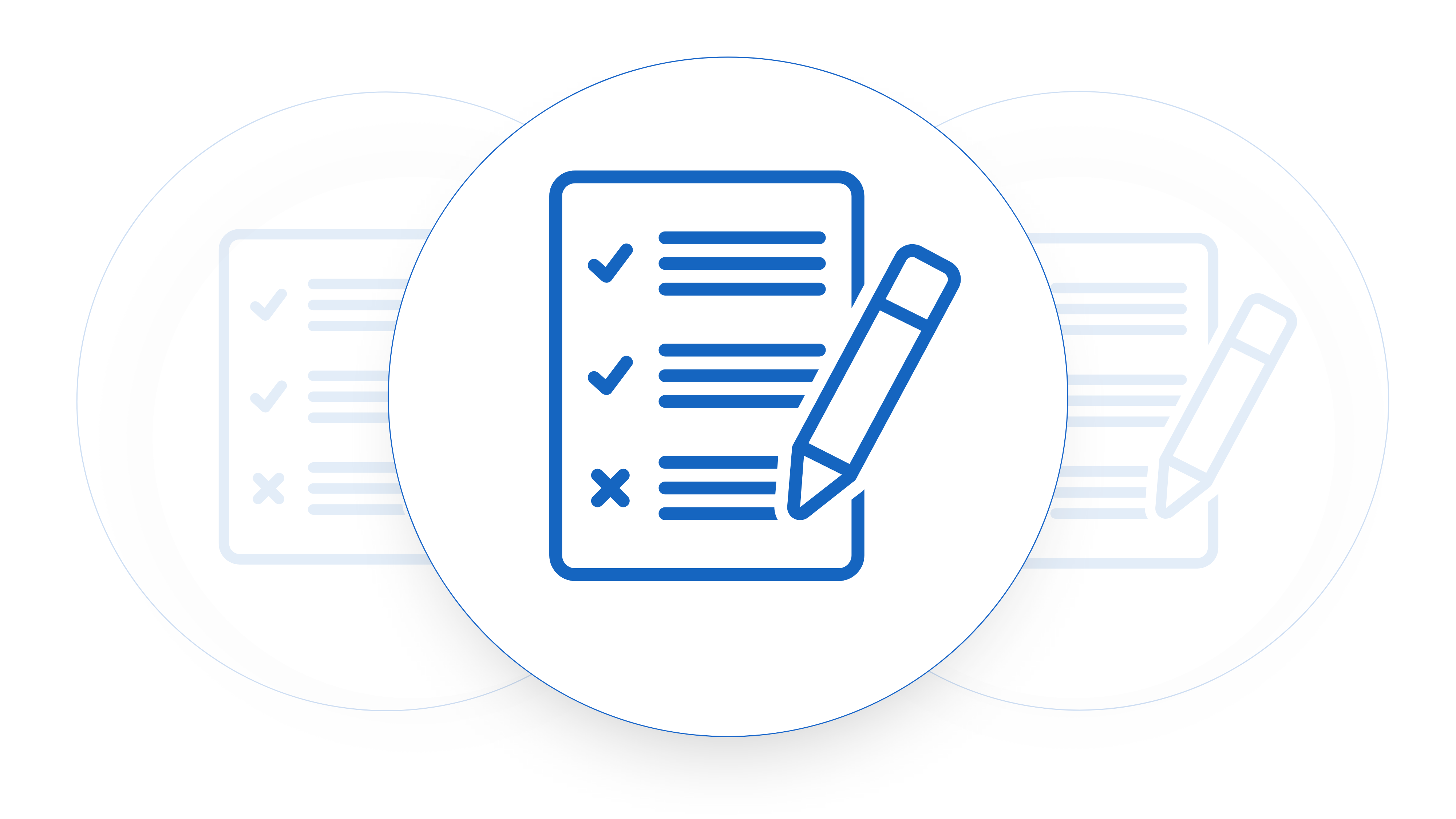Not all leads make it into the sales pipeline and for several very good reasons. The main reason is that salespeople are expensive resources for a startup company and their time is very limited. To create a sales process that will scale the team needs a way to decide which leads the sales team should focus their limited time on. This is done with the process of qualifying leads in a SaaS pipeline.
How to decide what a qualified SaaS lead is?
Several different indicators may mean that a lead goes from just someone who has signed up for your product to try it out to a legitimate opportunity in your sales pipeline. This decision is generally driven by the BDR/SDR in your team. Their job is to sift through the (hopefully) hundreds of leads that you’re generating and make an informed decision on what should have an opportunity created against it and what shouldn’t.
A good BDR/SDR may make this decision based on several factors but generally, it will come down to the quality of the lead and the intent of the lead.
1. Quality of a SaaS lead
The quality of a lead is a quick and easy spot check to see if that lead will be worthwhile selling to. Quality will be dependent on the product being sold but it will usually be based on whether or not a lead fits an Ideal Buyer Persona (IBP). This might be defined by the type of company they are from, their job title, their industry, or a myriad of other things.
The question to ask is ‘Is this the type of person that would buy our product?’. If you’re selling a B2B enterprise software and you have a person sign up for a trial from a company that employs five people this probably isn’t the right fit and it’s not worth spending time on this lead.
At the early stages of a startup company, this is done very manually by BDRs/SDRs, as the startup scales this can be somewhat automated by data enrichment tools which we’ll talk about in another course.
2. Intent of the SaaS lead
Is the lead actually engaged in buying your product or is it just one of the twenty products that we all sign up to every week for them? It’s a genuinely hard question to answer sometimes. But signs to look for when deciding if a lead has intent to buy are broken into three brackets, one is easier to track than the others.
3. Responsive leads
This one is easy when it comes to qualifying leads in a SaaS pipeline. Are they replying to your sales emails or answering your calls? A lot of sales emails just go into the void and calls go unanswered. If a customer is engaging with your communications it’s an easy indication that there should be an opportunity.
SaaS buyer intent actions as a method of qualifying leads in a SaaS pipeline
Buy intent actions are a little harder to track in the early stages of your startup as you might not have your analytics tracking and pushing into a CRM for your sales team to monitor. But generally speaking, buyer intent actions would be defined as leads viewing your pricing page or engaging with content on your website that would indicate a high level of engagement with your product.
1. SaaS product activity
Product activity is the buyer intent that is often the most telling. Is the customer using my product and if so how in-depth are they using it? It is common practice to set up hurdles of product activity that would prompt a salesperson to look further at a lead and create an opportunity from it. For example, is the lead using two or more features in the product, have they invited other users or have they imported data into the platform?
So should I create an opportunity in the pipeline?
The rule of thumb when qualifying leads in a SaaS pipeline is that if the lead is a quality lead by your metrics and if they are showing intent to buy they should have an opportunity created against them. A qualified lead can mean many things depending on the business. But the whole reason for having a qualification pipeline is to confidently narrow down the leads that discover your product at the top of the funnel down to the high value and most likely lead to convert through the SaaS contract negotiation process and continue using your product in the future.












